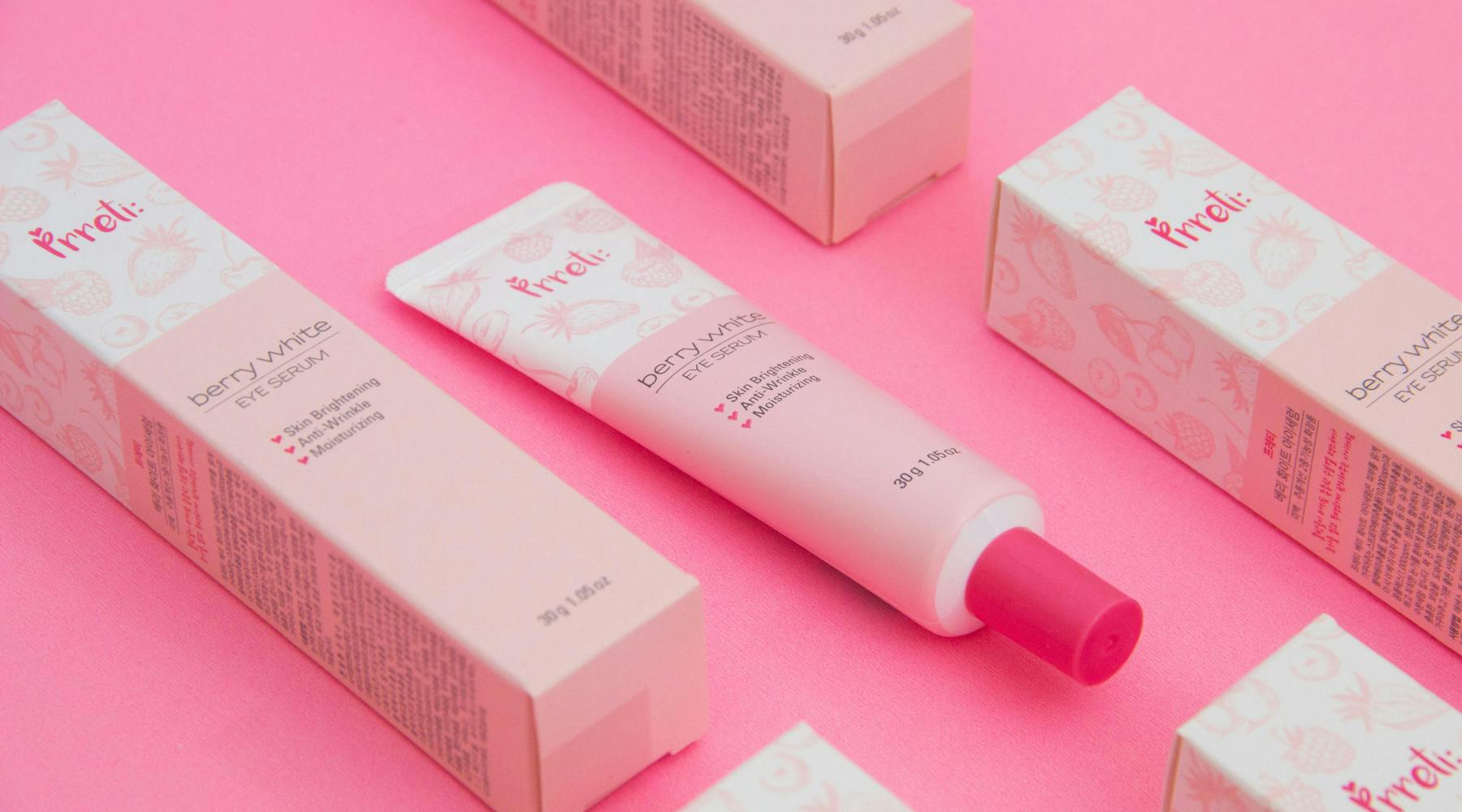Content or contents?
English, as a language, can be frustrating and complex with its exceptions and numerous intricacies. Particularly with words like ‘content’ and ‘contents’.
For example, entrepreneurs commonly say, “The contents of this business plan signify the sales strategies.” However, using the word ‘contents’ is wrong. The correct word is its singular form, ‘content’.
Using proper grammar is important regardless of whether you’re writing a personal letter or business proposal. Keep reading to find how to use‘ content’ and ‘contents’ accurately!
Countable contents and uncountable content
‘Content’ and ‘contents’ are defined as “an amount or something contained in/inside a thing” and don’t work like other nouns, whether singular or plural. ‘Content’, as expected, is singular. However, specifically it is a singular, albeit uncountable noun. In contrast, ‘contents’ is the plural form of content and is a plural but countable noun.
For instance, saying ‘the book’s contents’ is wrong. Instead, ‘the book’s content’ is correct. The amount of content (i.e., chapters, words, phrases, information) contained within the book cannot be counted. Therefore, it should be expressed in a singular noun form. Similarly, “This is the nutritional content of your dinner,” not “This is the nutritional contents of your dinner.”
The case of table of contents
Now, if you break down the content of a book into countable sections, you have a ‘Table of Contents’. And when a product comes packaged, it’s common to say ‘the contents’ because the things inside the box are countable and measurable in volume and weight. Therefore, the word ‘content’ becomes ‘contents’.
Using content in a noun form
‘Content’ could be used in a noun form, too, with the meaning of ‘satisfied’, ‘fulfilled’, and ‘being satisfied’.
Example sentences:
- Our honeymoon was the time of my greatest content.
- After he resolved the issue, a feeling of content followed.
- Tonight I’m in a good mood. I will order to my heart’s content.
Using content in the plural form
In the plural form, ‘contents’ refers to things contained in something, such as a book, bag, or bottle, to name a few. For instance, ‘contents’ in the concrete sense refers to ‘contents of a bottle’ or the ‘contents of a bag’.
Example sentence:
- Jonathan dropped a bottle, and its contents spilled.
Yet, ‘contents’ is also used in an abstract sense. Information contained in a document is typically called ‘contents’. As such, one can say:
- He lost the letter without knowing its contents.
Content in a verb form
When used in a verb form, ‘content’ means ‘satisfy.’ Typically, we use ‘content’ as a helping verb. For example:
- I will content the kids with vanilla ice cream.
- She didn’t content herself with roses.
- You’re not easily contented, are you?
- The teacher’s explanation didn’t content us.
Likewise, you can use ‘contents’ alone or in sentences like:
- He contents himself with hamburgers.
- He contents himself with his red t-shirt.
- The cat contents itself with a bowl of cow’s milk.
- The contents of my bag spilled over the floor.
- Matthew didn’t have to open the package. He already knew what the contents were.
‘Content’ also has an alternative, more rare meaning. Sometimes, ‘content’ translates into the amount of a specific substance that’s contained in something, from snacks to alcoholic drinks.
For example:
- Chocolate generally has a high fat content.
- Fried seafood has a high content of saturated fats.
- This wine from Portugal has a high alcohol content.
- The doctor told Bob to reduce his salt intake, so foods with high salt content, like pizzas, are a no-no from now on.
- Chemical analysis showed a high content of silver.
Content in an adjective form
‘Content’ can be used as an adjective, too, with the adjective meaning ‘happiness’ or ‘being in peace’.
Example sentences:
- Have you seen a more content dog?
- My wife seems to be content with our relationship.
- John was just content to make it to the team.
- Having pets helps you lead a contented life.
A slightly different meaning of ‘content’ is ‘satisfied’ and ‘willing to accept’. For instance:
- Are you content with the way we do business?
- Bill seems content with this settlement.
- Though she didn’t like it, Mary had to be content with coming second in the race.
On that note, keep in mind that adjectives in the English language don’t have plural noun endings; therefore, using ‘contents’ in the above sentences is incorrect.
Returning to the example we used in the introduction, using ‘contents’ would be accurate if the sentence were ‘sales strategies are contents of this business plan’. As it was worded originally, ‘the contents of this business plan signify the sales strategies’, and ‘content’ would be more appropriate.
What about containment?
Except for ‘content’ and ‘contents’, the word also appears in the form of ‘containment’, which essentially is ‘contain’ plus the ending ‘-ment’.
Like ‘content’, ‘containment’ is defined as an ‘act, process, or means of keeping something within limits’. It also has the meaning of a ‘policy or results of preventing the expansion of a power or ideology’.
Example sentences:
- The containment of education costs is a bad idea.
- The government decided to adopt a containment strategy.
- I work for a company that’s active in nuclear waste containment.
Etymology for content
The first use of content as a verb appears to be in the 15th century with the meaning ‘to give satisfaction to’ or ‘to rest’ and comes from Old French ‘contenter’ (‘satisfied’) and Medieval Latin ‘contentarre’. Both come from the Latin word ‘contentus’, which translates into ‘satisfied’ or ‘contained’. The past participle of ‘contentus’ is ‘continere’, meaning ‘enclose’ and ‘to hold together’.
Now, ‘content’ as an adjective was used for the first time in the late 14th and early 15th centuries with the meaning of ‘contained within limits’ or ‘held’. In that sense, ‘content’ means ‘having a desire that is limited to present/current enjoyments.’ Like before, it derives from the Old French ‘content’, which comes from Latin ‘contentus’ and ‘continere’.
On that note, the phrase ‘to your heart’s content’ is from the 1590s, specifically in William Shakespeare’s plays Henry VIand The Merchant of Venice.
Conclusion
‘Content’ and ‘contents’ mean ‘satisfied’, ‘happy’, and ‘being in a state of peace and satisfaction’. At times, people confuse the two words and use them interchangeably, which is incorrect. So, to avoid mixing them up, remember that ‘content’ is used in unaccountable things and concepts, while ‘contents’ is used in things you can count, as the ‘contents’ of a package or a book’s ‘Table of Contents’.
Here are some more example sentences to consider:
- Blue-rays provide more content than DVDs.
- These new guidelines cover the content of our advertising packages.
- Congratulations! You described the contents of the case study accurately!
- Book companies use paper with more than 40% recycled content.
- According to a new regulation, wine’s alcohol content has to be indicated on the label.
- This researcher provided that foods can be tasty, even with low salt content.
- Titles and subheadings must be short and showcase the nature of the written document contents.
Lastly, remember that we use ‘content’ when talking about information, which is uncountable, such as:
- The content of a speech
- The content of a site
- The content of a newspaper
- The content of a movie or book
How we can help you
If you need help with your spelling or some other part of your writing, you’re welcome to reach out to Strategically.
Our expert editors, proofreaders, and content creators can help and guarantee complete peace of mind.








